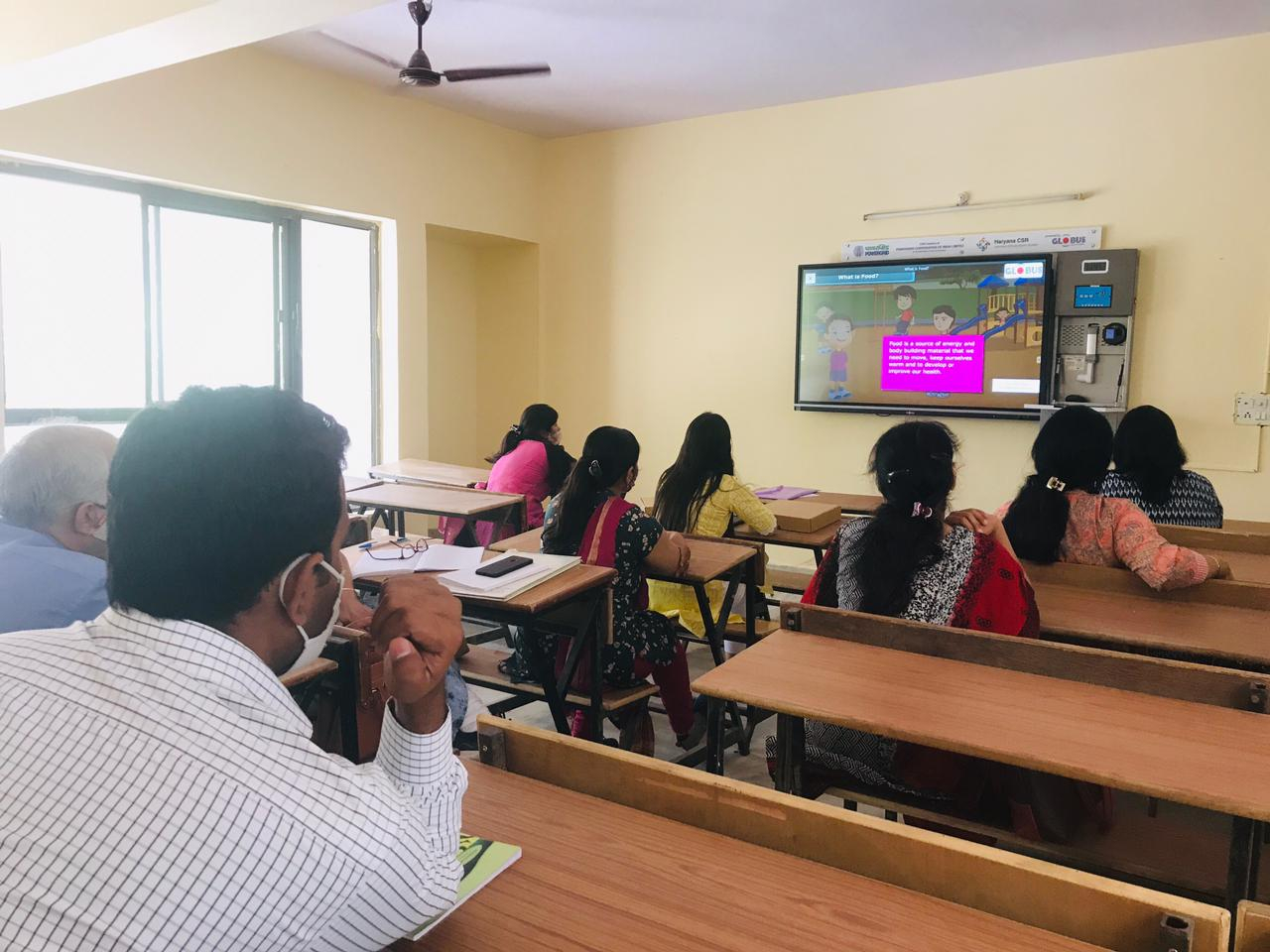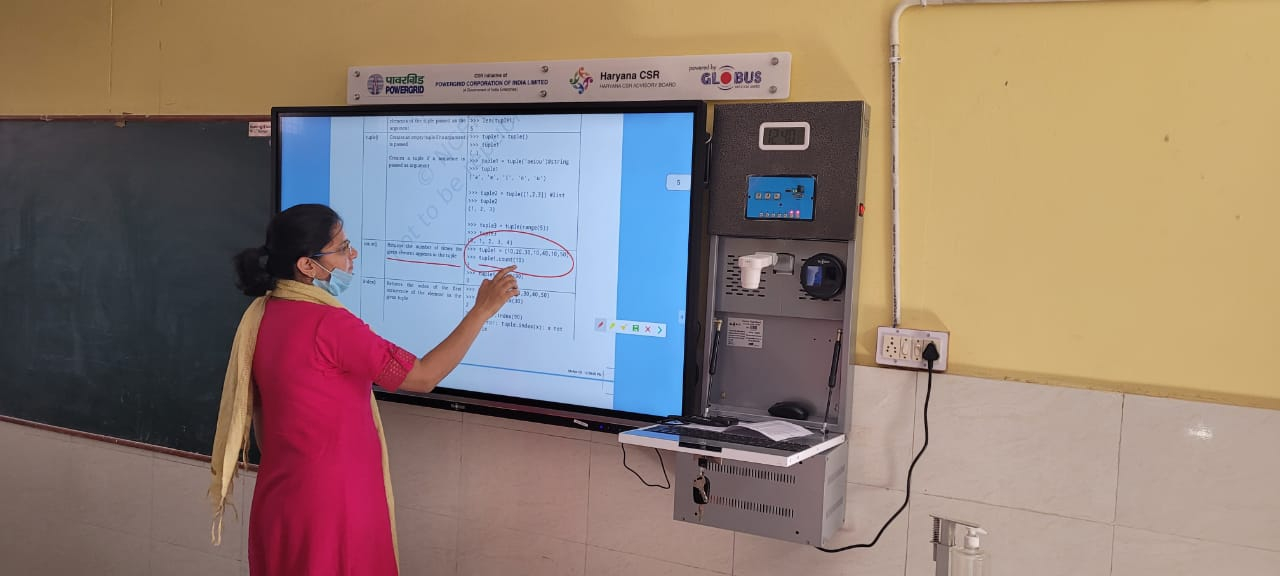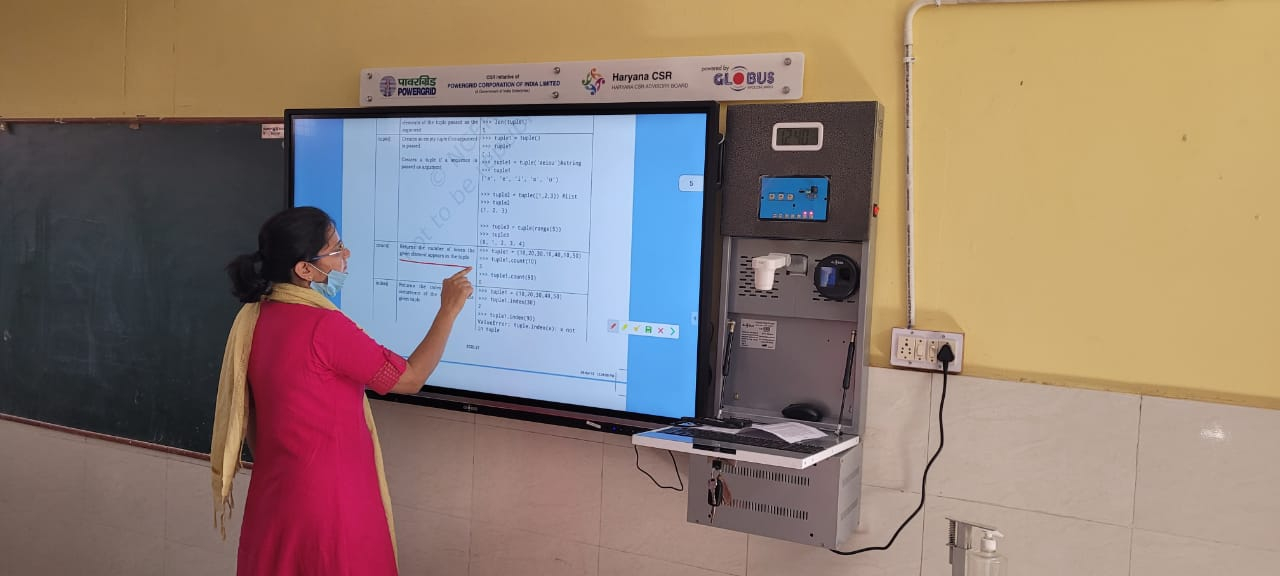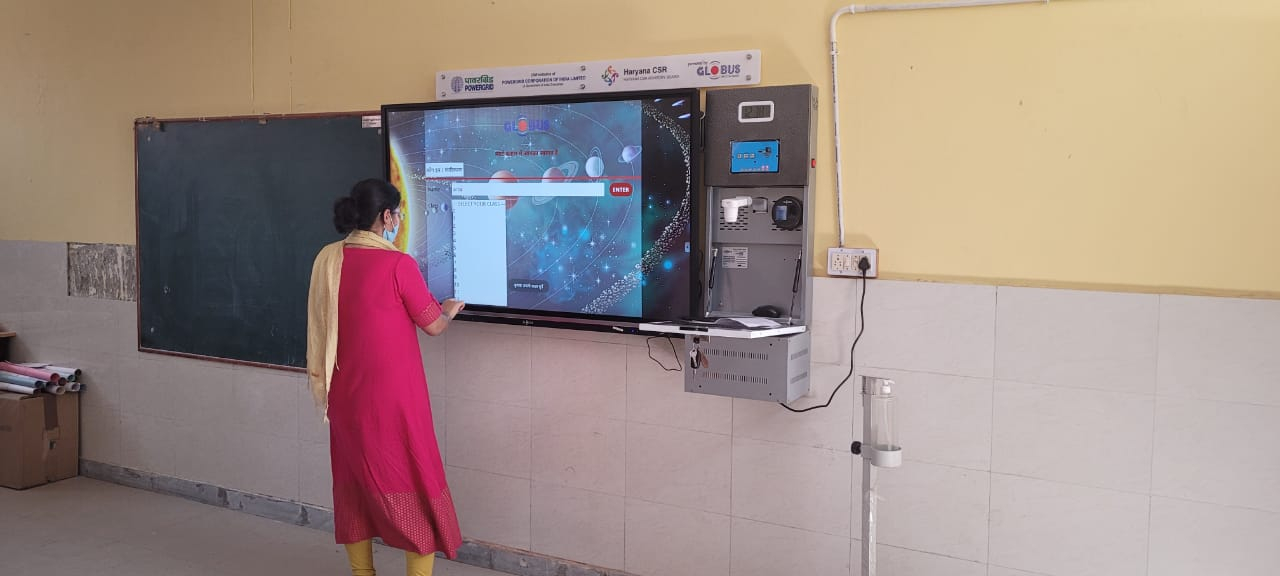- Description
-
Details
In an era where technology is advancing at an unprecedented pace, traditional classrooms are evolving into digital classrooms. Smart classroom solutions are at the forefront of this transformation, offering innovative ways to enhance the teaching and learning experience. This article explores the concept of digital classrooms and smart classroom solutions, delving into their benefits, components, and the impact they have on education.
The Digital Classroom Evolution
The traditional classroom, characterized by rows of desks, a blackboard, and printed textbooks, is undergoing a significant transformation. The digital classroom integrates technology into every aspect of education, revolutionizing the way students learn and teachers instruct. The key components of a digital classroom include:
1. Interactive Whiteboards: These interactive displays replace traditional chalkboards or whiteboards. They allow teachers to project digital content, write notes, and interact with educational software, making lessons more engaging and dynamic.
2. Tablets and Laptops: Students use digital devices for research, collaboration, and accessing online resources. Teachers can leverage these devices for interactive lessons and real-time assessment.
3. Internet Connectivity: A stable and high-speed internet connection is essential for accessing online resources, conducting research, and participating in virtual classrooms.
4. Learning Management Systems (LMS): LMS platforms facilitate course management, content delivery, assessment, and communication between students and teachers.
5. Digital Content: Traditional textbooks are gradually being replaced by digital textbooks, e-books, and other digital learning materials. These resources are often interactive and can be updated easily.
6. Multimedia Content: Videos, animations, and multimedia presentations enhance the learning experience, making complex concepts more accessible.
7. Collaborative Tools: Online platforms and software enable students to collaborate on projects, share ideas, and work together even when physically apart.
Benefits of Digital Classrooms and Smart Classroom Solutions
1. Enhanced Engagement: Digital classrooms capture students' attention through interactive lessons, multimedia content, and gamified learning. This increased engagement can lead to improved retention of information.
2. Personalized Learning: Technology enables adaptive learning pathways tailored to individual student needs. Teachers can use data analytics to identify areas where students may need extra support.
3. Accessibility: Digital classrooms make education more accessible to students with disabilities. Screen readers, voice recognition software, and other assistive technologies empower students with diverse needs.
4. Efficiency: Administrative tasks like grading, attendance tracking, and resource management are streamlined through digital solutions, allowing teachers to focus more on instruction.
5. Global Reach: Virtual classrooms and online resources connect students and educators worldwide, providing opportunities for cultural exchange and diverse perspectives.
6. Preparation for the Future: Digital literacy is a crucial skill in the modern workforce. Digital classrooms prepare students for a tech-driven world, enhancing their employability.
7. Resource Savings: Over time, digital classrooms can be cost-effective as they reduce the need for printed materials and offer scalability.
Challenges and Considerations
While digital classrooms and smart classroom solutions offer immense benefits, there are challenges that need to be addressed:
1. Infrastructure Requirements: Implementing digital classrooms requires a robust IT infrastructure, including reliable internet connectivity and hardware. Schools in underserved areas may face challenges in this regard.
2. Teacher Training: Educators need adequate training and professional development to effectively integrate technology into their teaching methods.
3. Security and Privacy: Protecting student data and ensuring online security is of paramount importance. Schools must have stringent security measures in place.
4. Equity: Not all students may have access to the required technology at home, potentially creating disparities in learning opportunities.
5. Technical Issues: Technical glitches, software bugs, and connectivity problems can disrupt lessons. It's crucial to have IT support readily available.
6. Digital Distraction: While technology can enhance learning, it can also be a source of distraction. Balancing engagement and focus is a constant challenge.
Conclusion
Digital classrooms and smart classroom solutions are reshaping the educational landscape, offering dynamic and interactive learning experiences. The integration of technology into education is not just a trend but a necessity to prepare students for the digital age. While there are challenges to overcome, the benefits, including enhanced engagement, personalized learning, and global connectivity, far outweigh the drawbacks.
Educational institutions must continue to invest in the infrastructure and training required for successful implementation. As technology continues to advance, digital classrooms will play an increasingly pivotal role in nurturing the next generation of learners, equipping them with the skills and knowledge needed to thrive in a rapidly changing world.






- Reviews
-
Default welcome msg!

